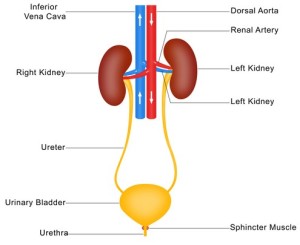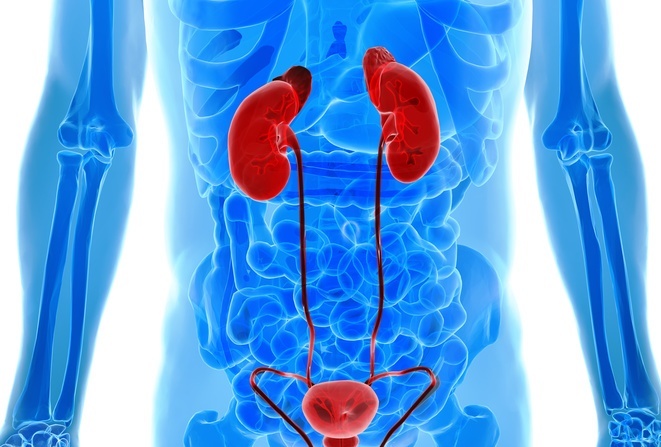The determination of serum blood urea nitrogen (BUN) is currently the most widely used screening test for the evaluation of kidney function. The test is frequently run along with the serum creatinine test, since the simultaneous determination of these two compounds appears to aid in the differential diagnosis of prerenal, renal and postrenal hyperuremia. However, not all types of BUN assays measure urea nitrogen accurately…
Urea is the final degradation product of protein and amino acid metabolism. During protein catabolism, the proteins are broken down to amino acids and deaminated. The ammonia formed in this process is turned into urea in the liver. This is the most important catabolic pathway for eliminating excess nitrogen in the human body.
amino acid metabolism. During protein catabolism, the proteins are broken down to amino acids and deaminated. The ammonia formed in this process is turned into urea in the liver. This is the most important catabolic pathway for eliminating excess nitrogen in the human body.
Increased BUN levels may be due to prerenal causes (cardiac decompensation, water depletion due to decreased intake and excessive loss, increased protein catabolism, and high protein diet), renal causes (acute glomerulonephritis, chronic nephritis, polycystic kidney disease, nephrosclerosis, and tubular necrosis) and postrenal causes (e.g. all types of obstruction of the urinary tract, such as stones, enlarged prostate gland, tumors).
Most causes of renal dysfunction relate to impairment of glomerular filtration or tubular reabsorption. The daily urinary output is related to the glomerular filtration rate (GFR) that is dependent upon the circulation flow rate. True measurements of GFR rely upon the clearance (and subsequent measurement) of molecules such as inulin or radioactive tracers given to the patient. Estimated GFR is one of the best indices of renal function. In practice, creatinine clearance or estimates of creatinine clearance based on the serum creatinine are used to measure GFR.
Measuring BUN with accuracy…
As already mentioned, not all types of BUN assays enable you to measure urea nitrogen accurately. Those based upon the urease enzyme convert urea into carbon dioxide and ammonia. The produced ammonia is then measured either colorimetrically or using a fluorescent readout. Serum ammonia (as ammonium hydroxide) can be as high as 0.2 mM in infants and is elevated in hepatitis, cirrhosis, Reyes’ syndrome, and in heart and kidney disease. This background ammonia will elevate the measured urea nitrogen.
A new Urea Nitrogen (BUN) Detection Assay kit does not utilise urease as a method to detect urea. Moreover, the kit is calibrated to the US National Institute for Standards and Technology (NIST) Standard Reference Material 912a, and will measure urea nitrogen in serum, plasma, urine and saliva samples, as well as those in buffer and media. Ammonia has been tested as an interferent in the BUN assay up to almost 82 mM with no change in the measured BUN level. Also, kits available for Serum Creatinine use either 96 well plates or 384 well plates for Low Volume Serum (perfect for mouse samples).
So you can get results without interference!



